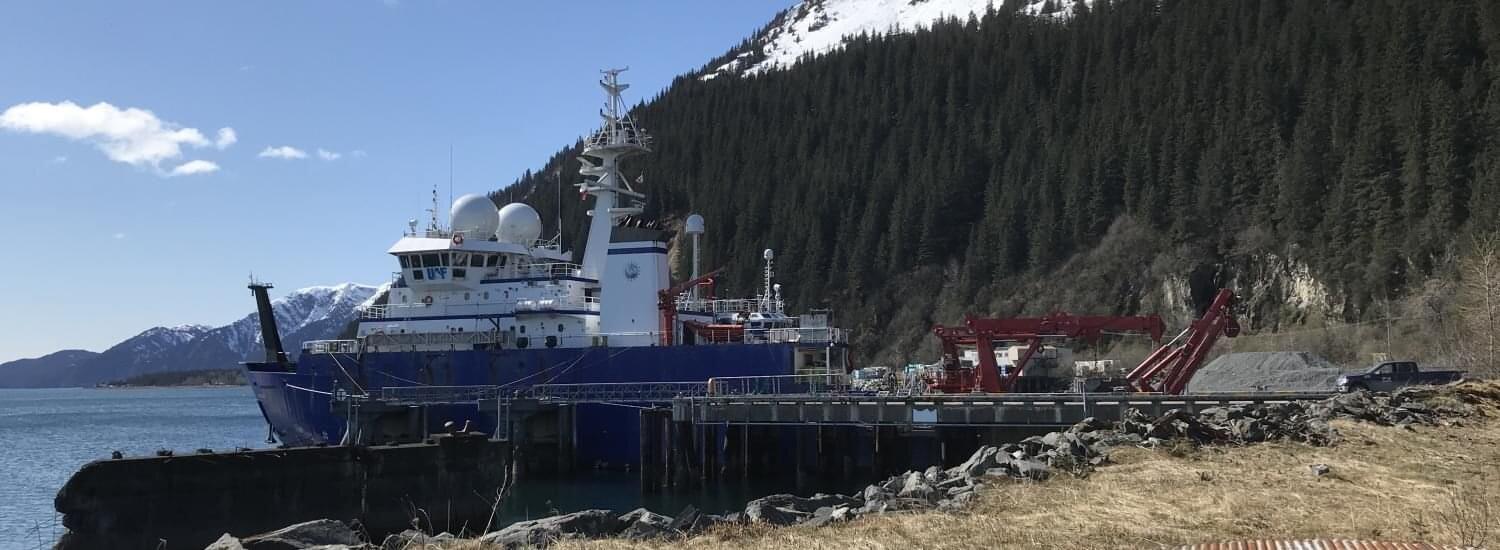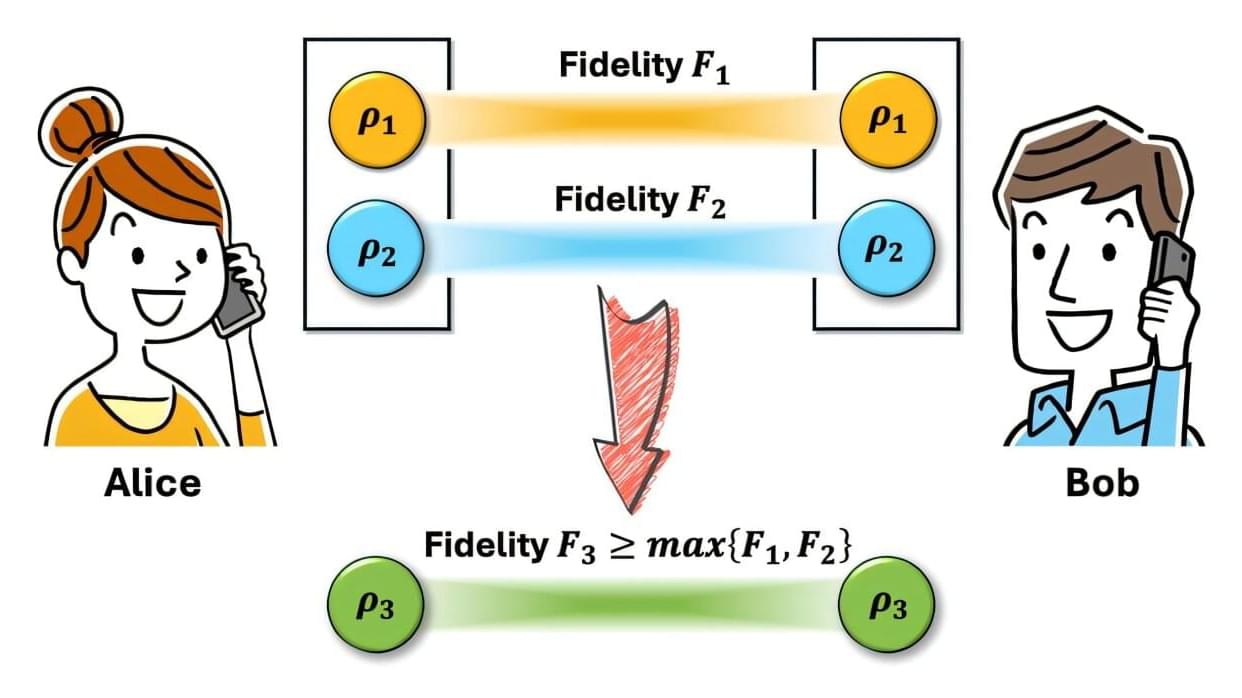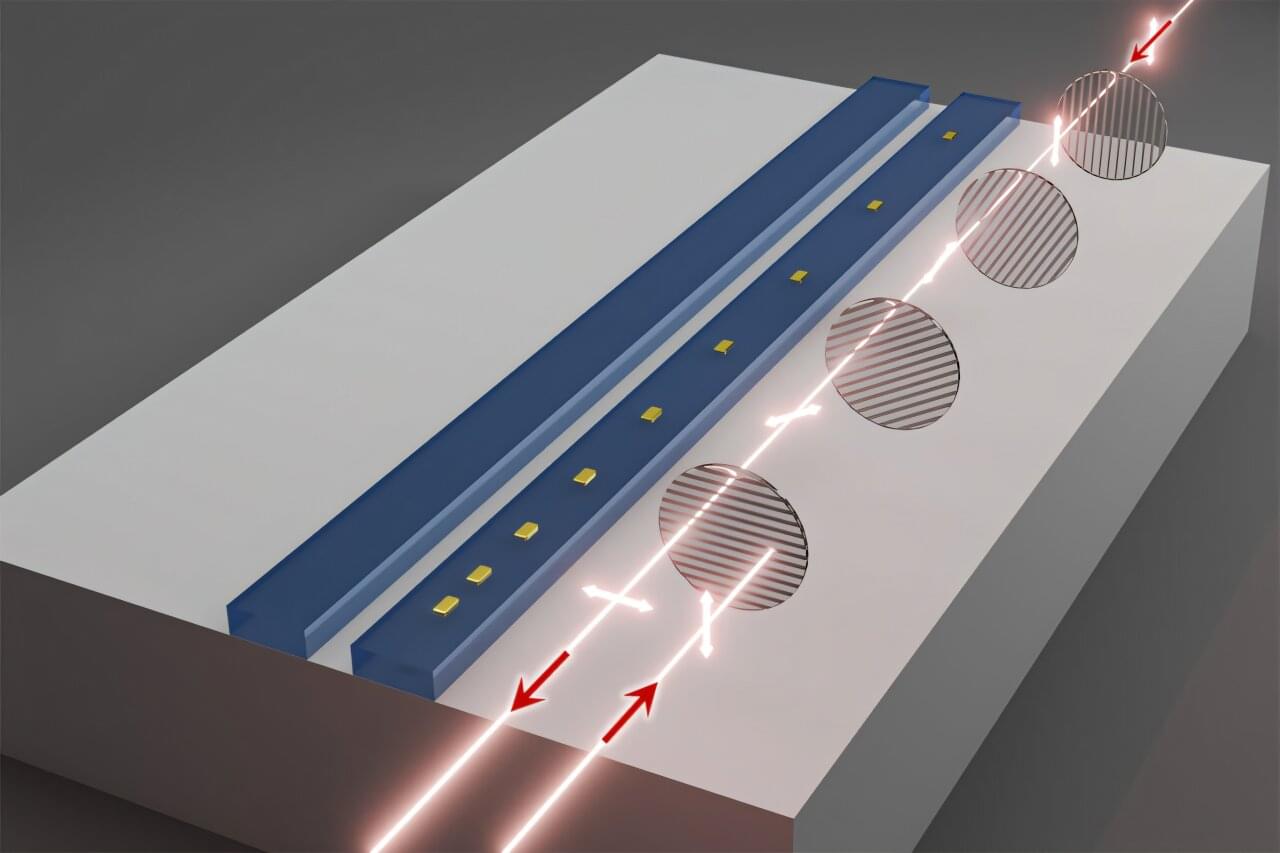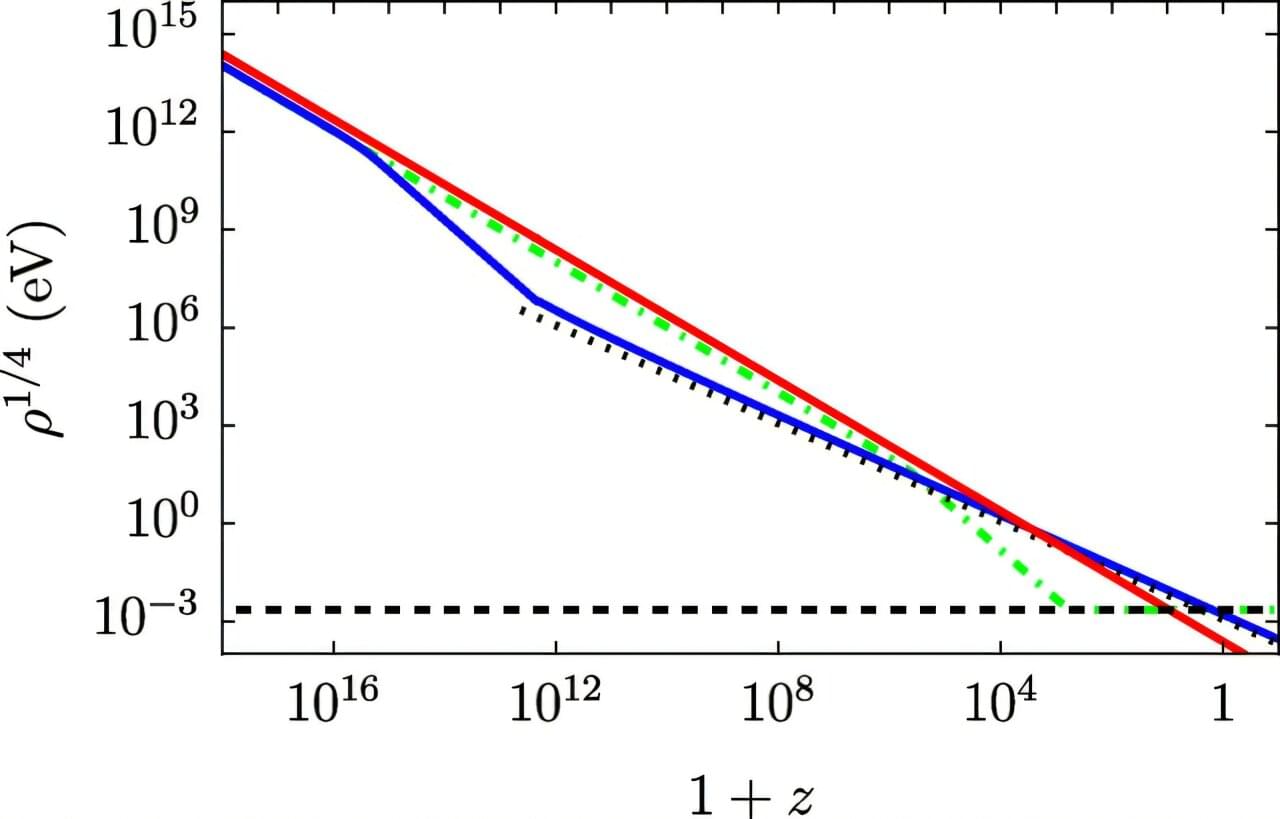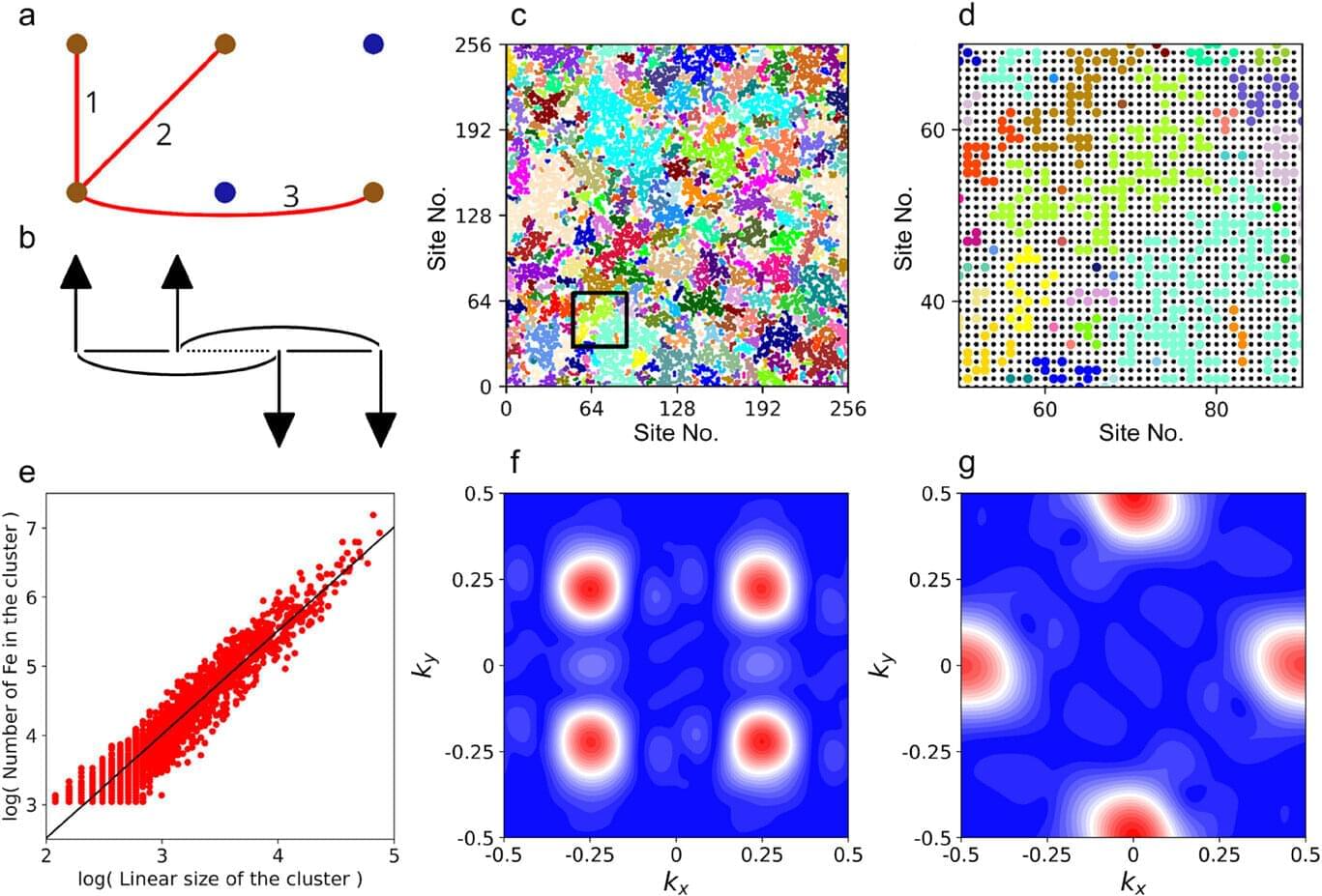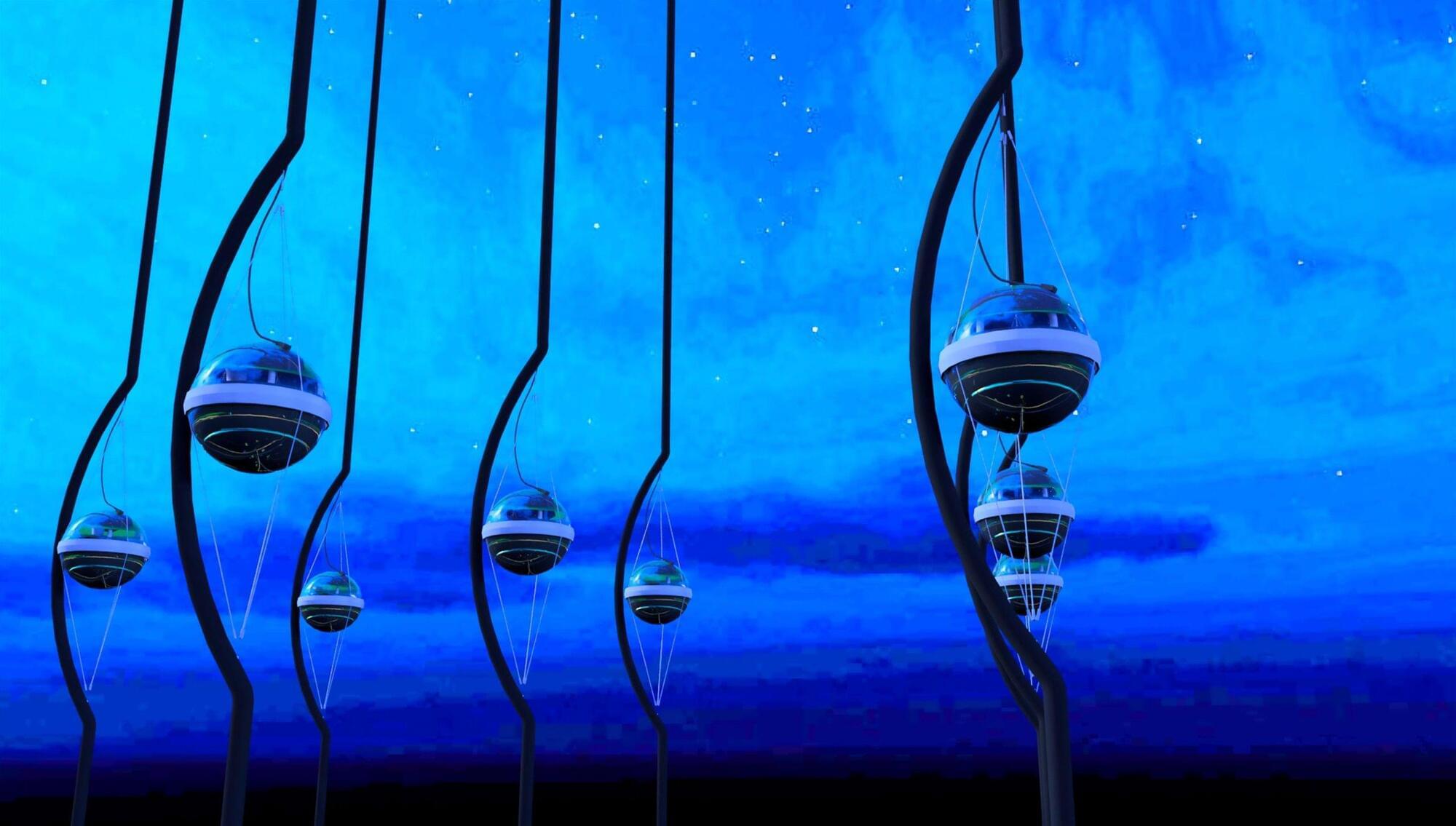Landslide-generated tsunamis pose a serious risk to coastal communities, particularly within narrow fjords where tall cliffs can trap and amplify waves. Scientists rely heavily on earthquake-based observation systems to issue tsunami warnings, but these methods don’t always capture localized ground movement caused by landslides.
Now, for the first time, scientists have detected tsunami waves caused by a landslide using data from a ship’s satellite receiver. The CIRES and CU Boulder-led research, published in Geophysical Research Letters, shows the potential for an approach to improving tsunami detection and warning, providing lifesaving information to coastal communities.
“Landslides into water can produce a tsunami, and some of them can be quite large and destructive,” said CIRES Fellow Anne Sheehan, a professor of Geological Sciences at CU Boulder and co-author of the study. “Scientists have captured larger, earthquake-induced tsunamis using ship navigation systems. Our team had equipment in the right place at the right time to show this method also works for landslide-generated tsunamis.”
